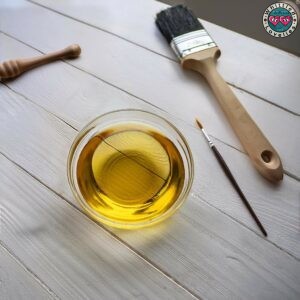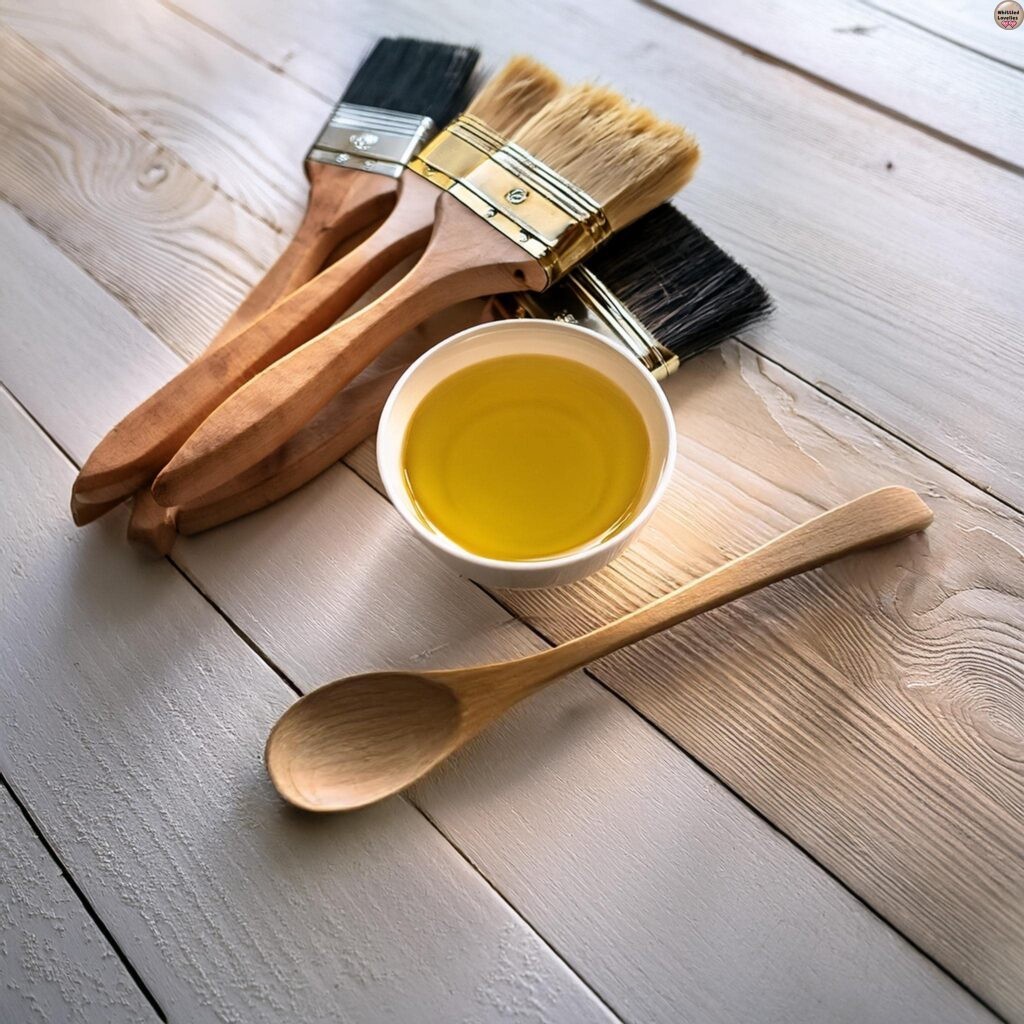The Toxicity of Wood:
what you need to know before working with it and using it in the kitchen
Published on: October 15, 2024
Reading time: 9 minutes

Hello everyone, and welcome—or welcome back—to the pages of Whittled Lovelies BLOG! Today, we’re diving into a topic that’s often underestimated but incredibly important for anyone who loves working with wood or plans to use it in food-related contexts: wood toxicity.
What do we need to know to ensure we’re not putting our health (or anyone else’s) at risk while we create? We’ll be diving into both woodcrafting and using wooden objects that come into contact with food. Ready? Let’s get started!
The idea for this article came to me in July, when we recorded the 7th episode of Keep Calm and Woodcarve’s first season podcast, with guest Serena Bonuccelli, a professional in the field. Wait, what? 🤔 You don’t know who Serena is or that this podcast even exists on YouTube?? 😳😢 You’ve got to catch up!! 🥹😄 Here are the links!
Serena:
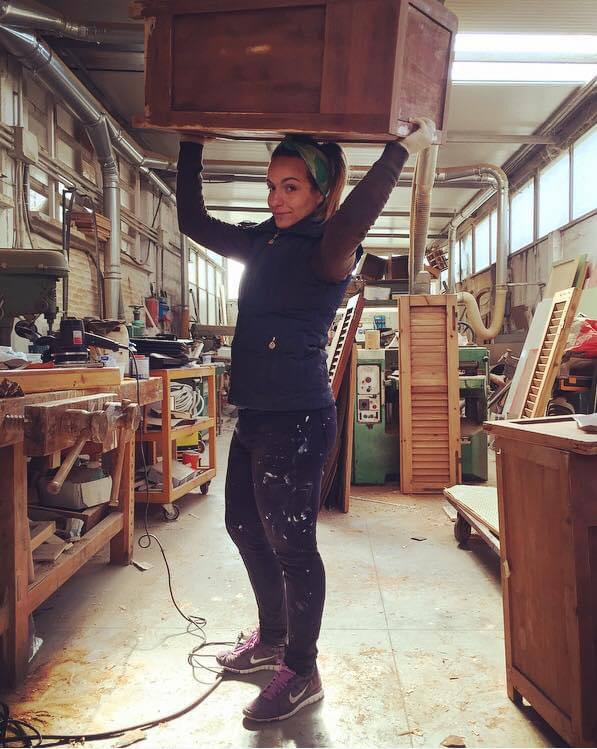
A fascinating life in carpentry!
Immerse yourself in the exciting story of a young woman who with passion and creativity turned craftsmanship and wood into a life mission, overcoming every challenge to preserve the tradition of her woodworking shop!
Podcast:

Keep Calm and Woodcarve!
is a podcast where we explore a different topic in each episode, engaging in a woodcarving chat inspired by your comments.
The episodes are recorded in Italian, with curated English subtitles and automatic translations in French and German and other languages. Join us to discover the world of wood carving together!
During that fascinating episode dedicated to Montessori wooden toys, Serena and I discussed which wood is safest for children to put in their mouths. This got me thinking about how much we don’t know—or take for granted—when working with wood, especially for food-related purposes.
So, I did some research, and here are the results of my hard work! Ready to dive in? Let’s get started!
Wood: An Ancient Tradition, But Not Without Its Risks
The idea that wood is a completely natural material and therefore universally safe is a common belief. We often think that, since wood has been used for centuries to store cheese, wine, and spirits, it must be perfect for everything, including making utensils or objects that come into contact with food. This is true, but only with certain precautions.
Take, for example, the use of wood to store and age beverages, as seen with barriques (small barrels) or oak barrels. This is a perfect example of how wood can significantly influence the contents.
Barriques and oak barrels are not just containers but active contributors that enrich and transform the character of the wine and spirits aged within them. For instance, Bordeaux wine, aged in French oak barriques, develops complex aromas of vanilla, spices, and chocolate, while Barolo, a symbol of Italian viticulture, gains depth and an elegant structure through oak barrel aging. The famous Spanish Rioja, particularly the “Reserva” version, benefits greatly from aging in oak, imparting coconut and ripe red fruit notes.
In the world of spirits, whisky is a prime example. Take the high-quality Macallan Scotch whisky, aged in oak barrels previously used for sherry, resulting in rich notes of dried fruit and spices. Another example is American bourbon, which uses new oak barrels, releasing caramel and vanilla aromas, as seen in Buffalo Trace. Lastly, Venezuelan aged rum, like Ron Diplomático, gains complexity and smoothness when aged in oak barrels previously used for bourbon or sherry, creating a perfect balance of sweetness and tannins. These examples show how wood plays a crucial role in the evolution of flavors and aromas, creating unique and memorable products.
Lastly, wood isn’t just a passive container for aging fine liquids; it can also play an active role in the fermentation process of food, influencing both aroma and taste. For example, certain wooden bowls, such as those made from chestnut, are particularly well-suited for promoting the development of beneficial bacteria during the fermentation of cheeses, like the French Cantal and Salers.
Without wood, the quality and character of these products, as well as many other foods, would never be as extraordinary. These examples are just a glimpse into the vast world of wood in culinary use. However, it’s always good to remember that not all woods are safe for food contact, so it’s essential to make informed choices!
The Importance of Contact and Duration
When using wood to craft utensils, bowls, or cutting boards, the duration and frequency of contact with food play a crucial role. While a wooden spoon may only have temporary contact with the soup we eat, a cutting board is subjected to much more stress, as we often use it with sharp knives. This means that small particles of wood can end up in our food and be ingested.
It’s not just about worrying about splinters—the wood used for cutting boards and utensils must be non-toxic and free from harmful resins or chemicals. It’s always a good idea to avoid using the same cutting board for multiple foods, like meat and vegetables, for example, to prevent cross-contamination.
If you accidentally do, be sure to wash it with a BIO detergent. In this case, make sure to rinse it thoroughly with hot water and dry it properly to avoid mold formation.
Always remember: wood shouldn’t be washed with detergent unless absolutely necessary. If the wood absorbs the detergent, we could end up ingesting it, so it’s important to be mindful of how we use it!
When creating wooden utensils intended for food contact, like spoons, cutting boards, and bowls, it’s also essential to treat the wood with safe finishes. Not all finishes are suitable—those containing chemical substances or toxic paints should be avoided. Instead, non-toxic finishes, such as food-grade mineral oil or pure tung oil, are ideal choices.
These oils penetrate the wood, protecting it from moisture and mechanical damage without contaminating food. Tung oil, in particular, is praised for its ability to form a natural waterproof barrier. These treatments not only preserve the integrity of the wood but also help keep it safe for long-term kitchen use.
How to Choose the Right Wood for Food Use
Certain wood species are naturally safer for kitchen use. Among these, boxwood, olive, and beech are considered some of the best due to their hardness, stability, low absorption, and resistance to wear and tear.
For cutting boards and utensils, it’s essential to choose hardwoods that can withstand the wear of blades without releasing harmful particles. Woods like oak, chestnut, and white oak are also commonly used for prolonged food contact.
However, there are softer or resinous woods like pine, spruce, poplar, and birch that can be used with caution. These woods aren’t harmful, but they require careful treatment and should never be used for long-term direct food contact. They’re better suited for external packaging.
If you want to dive deeper into the basics of what we’re discussing today, I recommend checking out my article, “Wood: Everything You Need to Know.” Understanding the structure and the heterogeneous, hygroscopic nature of wood is key to grasping why some woods retain more moisture than others and which are best for your projects.
Toxic Woods: Be Cautious About What You Work With!
Now we come to the most delicate part: woods that require special attention. Some species, although aesthetically prized and highly useful for various types of work, contain natural chemicals like tannins, alkaloids, or resins that can cause allergic reactions, skin irritations, or respiratory issues.
When working with woods that rightfully fall under the wood toxicity discussion, the reactions that can occur are numerous and vary in severity, depending on the type and length of exposure. In addition to allergic skin and respiratory irritations, some species can cause dermatitis, sensitization, swelling, or even prolonged eczema. The respiratory system can experience inflammation, with symptoms like coughing, shortness of breath, and, in severe cases, asthma. Ingesting contaminated wood particles can lead to gastrointestinal issues such as nausea, vomiting, or diarrhea.
It’s crucial to protect yourself properly when working with these woods, and they should be completely avoided for crafting utensils or objects intended for food contact due to the risks they pose.
Here’s a list of some of the world’s most toxic woods:
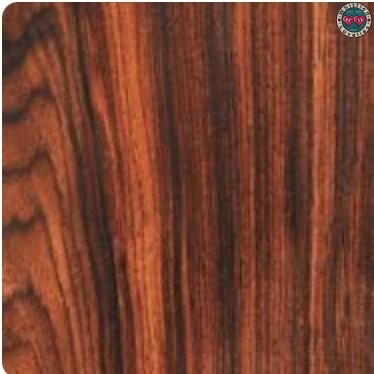
Cocobolo (Dalbergia retusa)
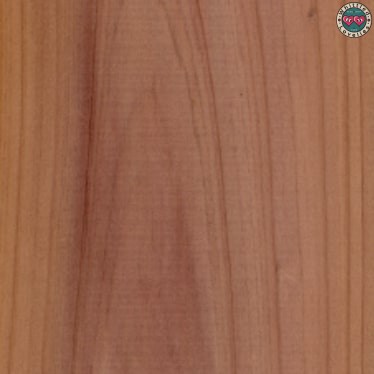
Red Cedar (Thuja plicata)
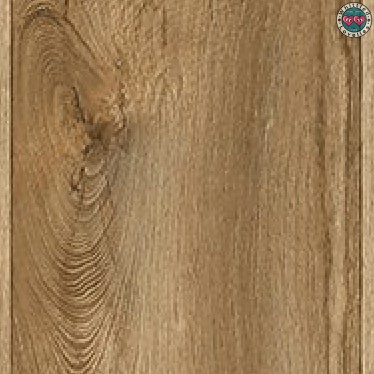
Oleander (Nerium oleander)
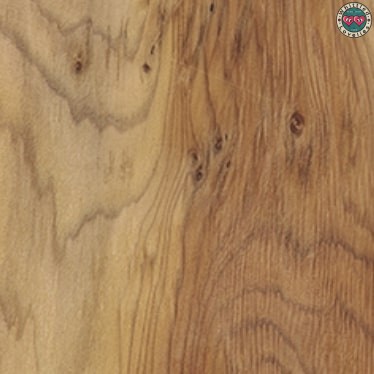
Yew (Taxus spp.)

Pau Ferro (Machaerium spp.)
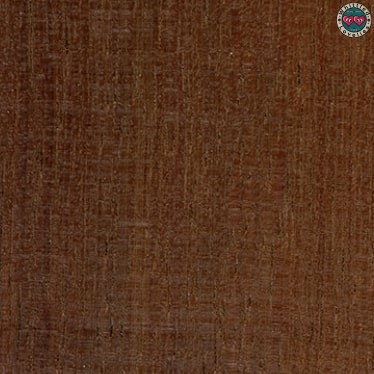
Rengas (Gluta spp.)
The list is much longer than this (I’ll leave the full sources for you to check out at the end of the article), but it’s worth mentioning a few more:

Black Walnut (Juglans nigra)
It contains toxic alkaloids and can cause nausea and headaches

Teak
(Tectona grandis)
It releases resins that may trigger sensitivities, cause allergic reactions, and skin irritation
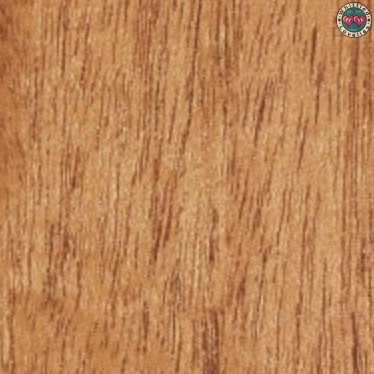
Mahogany
(Swietenia macrophylla)
It contains oils that can irritate the skin and respiratory tract, potentially causing skin allergies and breathing difficulties
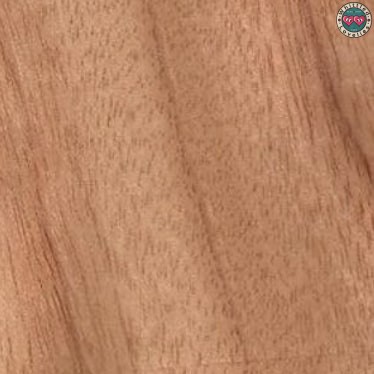
Cedar Pinaceae
(Cedrus spp.)
It contains oils that can irritate the skin and respiratory tract, potentially causing skin allergies and breathing difficulties
Protecting Yourself When Working with Wood
When we work with wood, we’re not just exposed to direct contact with the material, but also to the dust created during the process. Even non-toxic woods can become dangerous if their dust is inhaled in large quantities over time. If you’re working with saws, drills, or other tools that generate wood dust, it’s always a good idea to wear a mask and work in a well-ventilated area.
Additionally, keeping your workspace clean is crucial—using dust extraction systems and wearing protective masks when operating machinery that creates large amounts of dust is a must. Never underestimate the potential health risks, even when dealing with seemingly harmless woods.
Firewood: Watch Out for Toxic Fumes
One often-overlooked aspect of wood toxicity concerns firewood. Burning the wrong types of wood can release toxic substances like carbon monoxide, formaldehyde, and fine particles into the air, which, when inhaled, can cause serious health problems.
Certain woods, like pine, contain high amounts of resin, which can release irritating fumes when burned. Others, like black walnut, can be outright poisonous to both humans and pets. Be cautious!
Conclusion, Regulations, and Trusted Sources
Working with wood is a passion that connects us with nature, but it also comes with responsibilities. Choosing the right wood, using food-safe finishes, and protecting yourself from the risks associated with wood toxicity are essential steps for anyone looking to take on this craft—whether as a hobby or a profession.
Before diving into your next project, always make sure to do some thorough research on the type of wood you’re about to work with. And if you’re ever in doubt, check out reliable sources or consult the specific regulations in your country.
Reliable Sources for Information
- The Wood Database (wood-database.com): Here, you’ll find detailed information on various wood species, including their toxic properties. The site also lists the hazards associated with wood dust and any chemicals released.
- Health and Safety Executive (HSE) (hse.gov.uk): This site provides practical advice on safety when working with wood, including the dangers of dust and chemical exposure.
- Forest Products Laboratory (USDA) (research.fs.usda.gov): A technical resource for wood materials, including information on toxicity and exposure risks.
- Fine Woodworking Magazine: Offers articles and educational videos on how to properly treat and finish wood for food use. www.finewoodworking.com
Regulations
• Europe: Regulation No. 2023/2006 of December 22, 2006 on good manufacturing practices for materials and articles intended to come into contact with food, along with country-specific regulations such as:
-
- Italy: The main regulation is Legislative Decree No. 29 of February 10, 2017, which incorporates European rules on materials in contact with food, including Regulation (EC) No. 1935/2004.
- France: Arrêté of November 1945
- Spain: Decree 2484–1967
- Germany: Fleischhygiene-Verordnung-FlHV 1997
- United Kingdom: Food Contact Materials Regulations 2010, governing food-contact materials, in line with European standards.
- United States: The FDA’s Code of Federal Regulations (CFR) Title 21, which includes specific rules for materials in contact with food.
- Canada: The Food and Drugs Act and the Canadian Food Inspection Agency (CFIA) regulate food-contact material safety.
- Australia: The Australia New Zealand Food Standards Code, with specific guidelines for materials intended for food contact, such as part 3.2.2 on hygiene.
Alright folks, that’s it for today! I hope this was helpful, and I wish you smooth carving and awesome woodworking projects! And, as always, I’ll catch you in a month with my next holiday project… stay tuned to see what I’ll whip up for this year’s Christmas project!!! 🤣 See you soon! 😘🤗 Ciaoooo!
This is an article written by a human for humans!
All articles in the blog are written by me. No contributors, no people paid to write content for me.
Posts written by guests or friends of the blog are marked under the title with the words “guest post.” These are friendly collaborations, contributions to the carving community.
No AI (artificial intelligence) support is employed in the writing of blog articles, and all content is made with the intent to please humans, not search engines.
Do you like my content?
Maybe you can consider a donation in support of the blog!

Click on the link Ko-fi to access a secure payment method and confidently offer me coffee or whatever you want!
From time to time, in articles, you will find words underlined like this, or buttons with the symbol 🛒. These are links that help deepening, or affiliate links.
If you are interested in a product and buy it suggested by me, again at no extra cost to you, you can help me cover the costs of the blog. It would allow me to be able to give you this and much more in the future, always leaving the content totally free.

